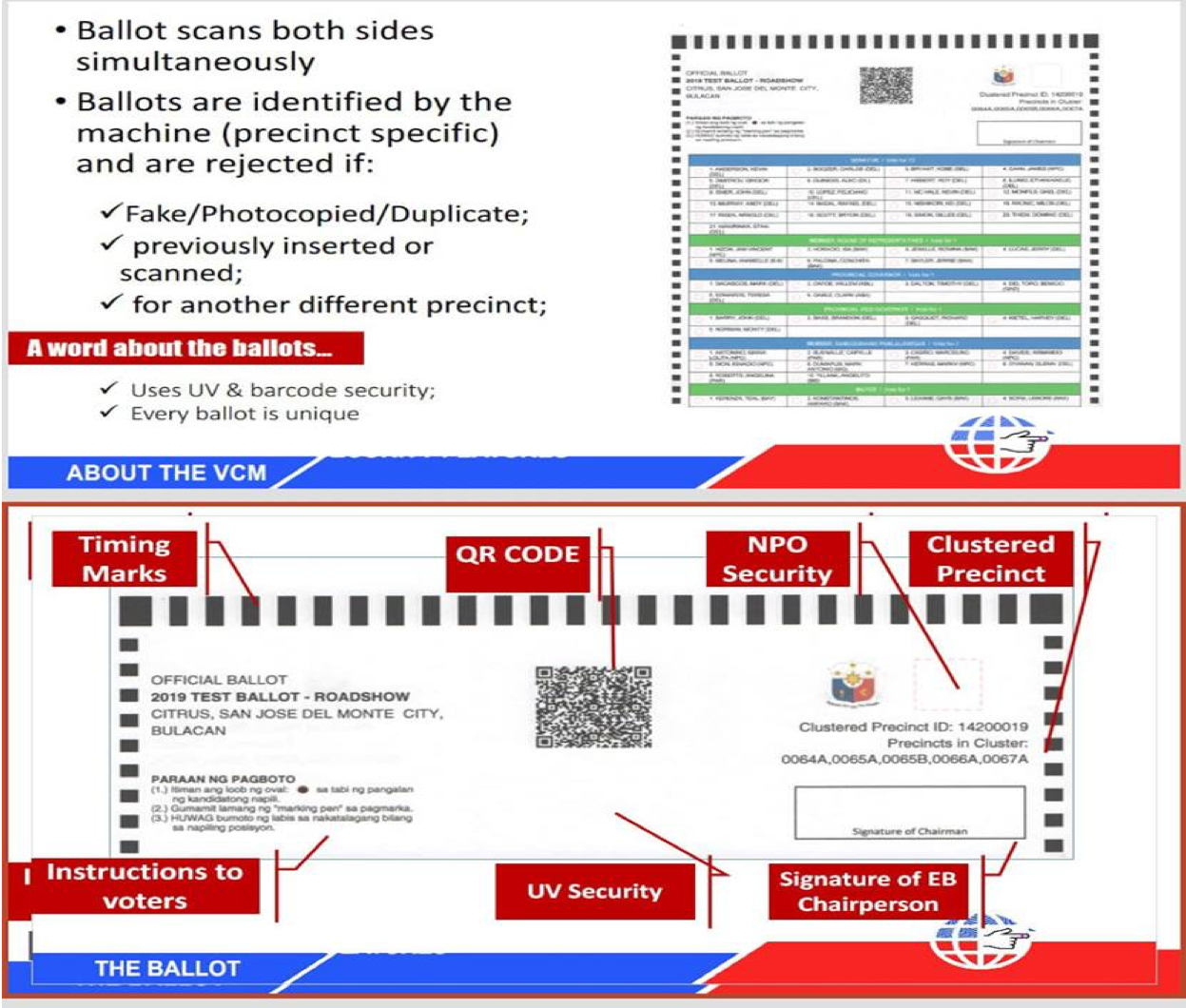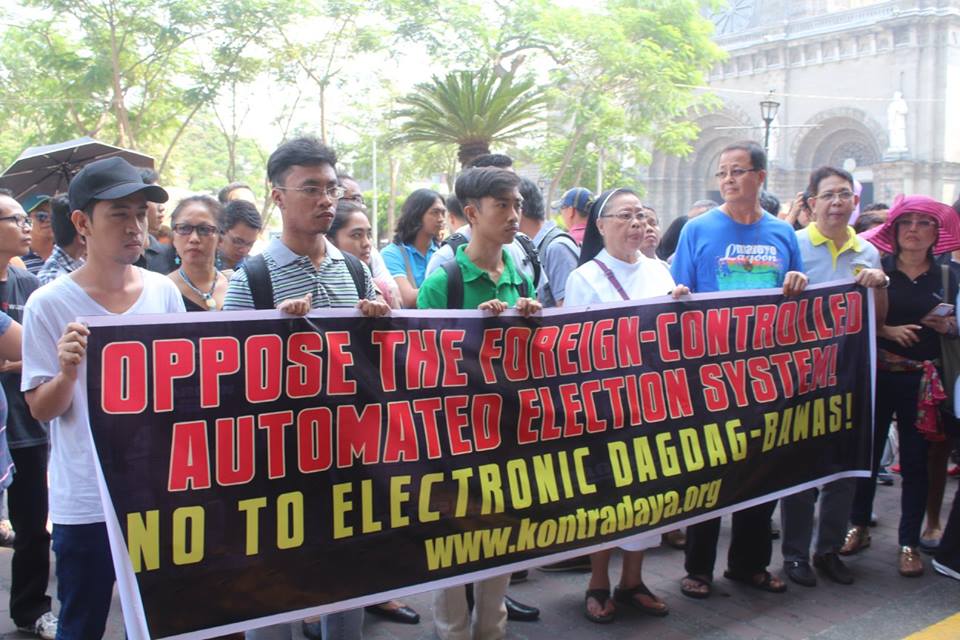What party-list group should I vote for in the May 13, 2019 elections? Download this guide.
Download Voter’s guide to the 2019 party-list elections
What is the party-list system in the first place?
The party-list system of election was intended by the Constitution to ensure that the voice of the marginalized sectors in society is heard in Congress. In theory, this is ensured by allotting 20 percent of the total number of Congressmen ( the members of both the Senate and the House of Representatives) to representatives coming from marginalized sectoral, regional and national parties, coalitions or organizations. Representatives elected via the party-list system are different from the members of the Lower House. The latter represent their constituents in their respective districts—their representation is thus based on geography. Party-list representatives represent the constituents of the marginalized sectors of society. These marginalized sectors are those belonging to the labor, peasant, urban poor, indigenous cultural communities, women, youth, and such other sectors identified by law (Republic Act No. 7941, in this case), with the exception of religious groups.
The makers of our Constitution deemed it wise to include these sectors in Congress, which is populated with traditional political parties. The idea was that since the representatives or nominees (who each must be bona fide member of their respective parties) coming from these marginalized groups have a common vision and a clear constituency from whom their representatives derive their mandate to represent the group in Congress, the representatives are accountable to their constituents to pass laws that will directly benefit and protect their collective interest in Congress, under pain of removal as the party’s nominee. This setup is anathema to what we see in traditional political parties, which are perceived to revolve around personalities—thus lacking a clear constituency, ideology, and built-in mechanisms under which they may be held liable.
But what is actually happening?
‘Rich and powerful’ groups still persist in party-list race.
Poll watchdog Kontra Daya’s Facebook note explains:
Despite the efforts of the Commission on Elections (COMELEC) to whittle down the list of duly-registered party-list groups (PLs) to 134, almost half of them do not seem to represent the marginalized and underrepresented sectors intended under the law.
According to the watchdog, the COMELEC has allowed party-list groups of the rich and powerful to run while disqualifying groups that were organized by marginalized sectors themselves. This double standard further makes a mockery of the party-list system, according to the watchdog.
Based on research by Kontra Daya, at least 62 party-list groups approved by the COMELEC may be classified as:
(1) having links to political dynasties or officials already elected in other positions;
(2) representing special business interests; and
(3) possessing questionable advocacies and nominees.
Meanwhile, party-list groups like Manggagawa Partylist, Aksyon Health Workers and People Surge organized by Yolanda victims were disqualified from the partylist race. These groups were organized by the marginalized sectors themselves as evidenced by their nominees.
Download Voter’s guide to the 2019 party-list elections
“Dynastic” party-list groups continue to dominate the race for representatives. Among the PLs identified with established political dynasties or officials already elected in other positions are ABONO (Estrella, Ortega), LPGMA (Albano, Ty), Tingong Sirangan (Romualdez), AAMBIS-OWA (Garin, Biron), Aangat Tayo (Abayon Ong), Agbiag (Antonios of Cagayan), PROBINSYANO AKO (Fariñas), AA-KASOSYO (Pangandaman), MATA (Velascos of Marinduque) and SBP (Belmontes of Quezon City).
The party-list group 1AAAP has as its first nominee the daughter of former House Speaker Pantaleon Alvarez. ABAMIN’s first nominee is the wife of the former nominee Maximo Rodriguez.
On the other hand, among the PLs that have special business interests are 1PACMAN (first nominee is the Chairman of Harbor Centre Port Terminal and is considered the richest lawmaker in the country with a net worth of P7 billion).
Most striking among party-list groups with questionable advocacies approved by the COMELEC is the Duterte Youth which is identified with National Youth Commission Chair Ronald Cardema. The fifth nominee of the group is also related to Cardema. The group’s avowed goal, other than to support the incumbent president, is to counter Left-leaning party-list groups.
While disqualifying a party-list group for workers, COMELEC also accredited party-list groups of big construction firms supposedly representing marginalized construction workers. The Construction Workers Solidarity (CWS) has as its first nominee former DPWH Undersecretary Romeo Momo, Sr. while its other nominees come from big contractors like the Gardiola family. “There is a direct contradiction between the interests of the big contractors and the constructions workers. How can they claim to represent construction workers?” the watchdog group asked.
Another group claiming to represent construction workers is the Sandigan ng Manggagawa sa Konstruksyon whose nominees are also big contractors and real estate developers led by Enrique Olonan.
It is possible that about half of the COMELEC accredited party-list groups still represent the interests of well-entrenched political dynasties and big business interests. Kontra Daya calls on the COMELEC to further review the appeals of party-list groups, particularly the ones whose nominees indeed represent their respective sectors.
“Reducing the number of duly-registered PLs by disqualifying groups that actually represent the marginalized does not solve the mockery of the party-list system as it remains controlled by the rich and powerful,” the group said.
So which is the pseudo- party list and the legitimate party list group in the 134 party-list groups?
Do we allow questionable backgrounds to represent marginalized sectors in Congress? The disclosure of party-list nominees is a crucial aspect of transparency in the elections.
Remember party-list groups are supposed to be the voice for change. Make sure your choice is based on platforms for the marginalized sector and not just on their desire for political power.
As part of its voter’s education program, Kontra Daya makes available this matrix as a guide to help voters choose their preferred party-list group in the May 13, 2019 elections. The 134 party-list groups are arranged according to the order in which they appear on the ballot. Please take note that a voter should choose only ONE (1) party-list group.
KONTRA DAYA VOTER’S GUIDE F… by on Scribd



